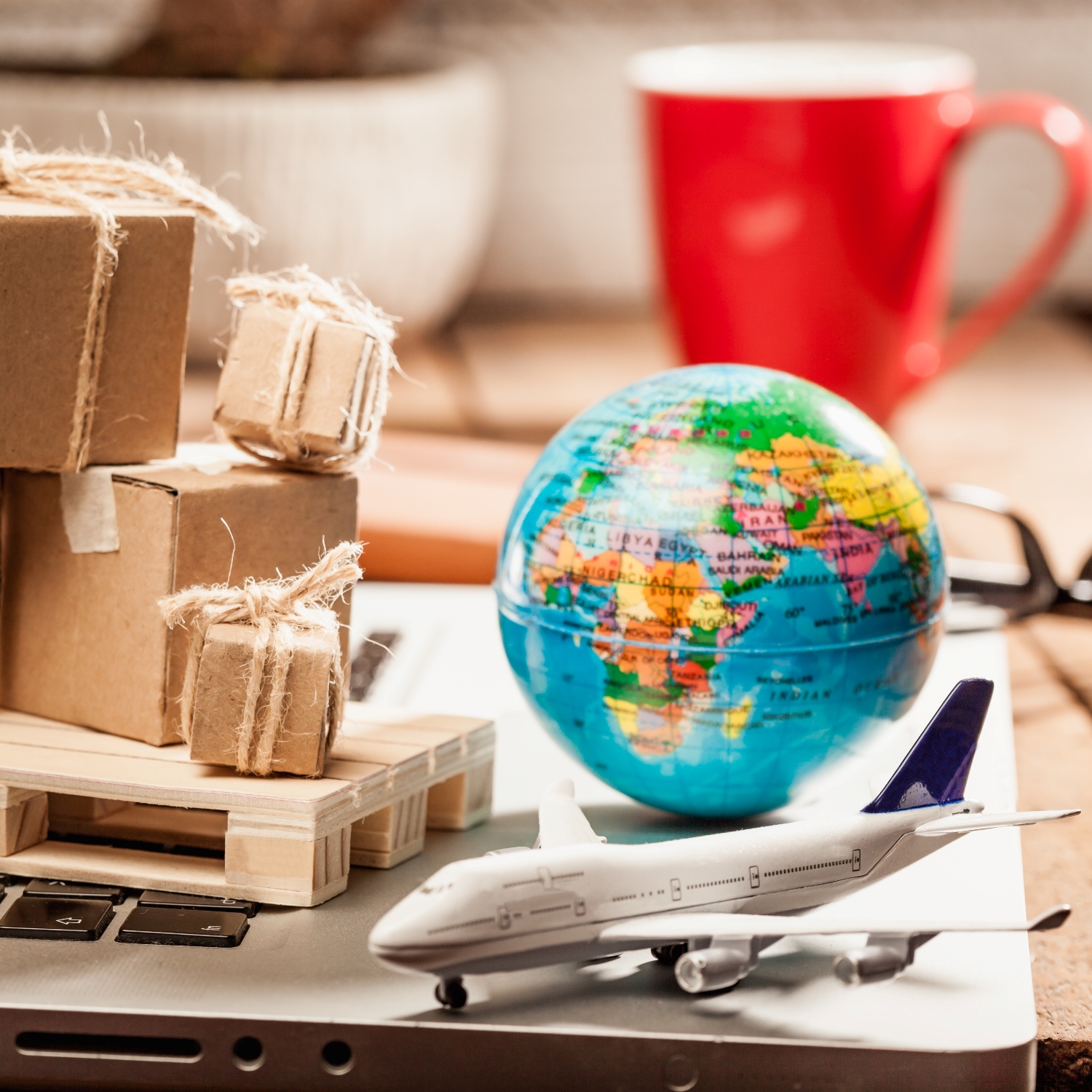Safely moving an art object across borders is not only a matter of comprehensive packaging and proper art insurance. It is also a labyrinth of international treaties and laws governing international art logistics. Here, we dwell on the subject of art shipping and handling from a bureaucratic perspective to inform you about the hidden nuances and bottlenecks of this process.
Art Shipping and Handling from a Legal Perspective
Art objects are more than commodities with a specific market price; they represent the cultural legacy and capital of particular countries. Thus, art imports and exports are regulated by laws unique to each jurisdiction, and some countries have stringent limitations on the movement of art.
For instance, Italian regulators require special export licenses for art objects that are over 70 years old, and Egypt prohibits the export of antiquities altogether. Besides, some art objects made of natural materials, e.g., ivory, tortoiseshell, and exotic wood types, are under the protection of CITES (Convention on International Trade in Endangered Species of Wild Fauna and Flora), so their cross-border movement is impossible without relevant CITES documents and permissions.
You need to check all art shipping laws in advance to make sure you do nothing illegal. If you find an art object that you’re potentially interested in buying, ask its owner about provenance documents and double-check that its export is allowed by CITES rules.
Customs, Tariffs, and Artwork Misclassification
Another source of bureaucratic hurdles for international art shipping and handling is the wrong labeling of artwork for customs. It’s vital to ensure that tariff codes and descriptions of the art object are accurate and that their declared value is precise and realistic. Art objects enjoy a duty-free status in many countries, so you should check the target country’s Harmonized System (HS) codes to see whether you need to pay anything for the export/import. Find a local customs broker and get an exhaustive consultation on your subject if you’re not sure about some aspect of getting your new acquisition.
Sanctions and Embargoes
Some art collectors with a taste for rare, exotic artworks may be tempted to acquire an art object from a restricted country. Unfortunately, in most cases, this process comes with lots of bureaucratic and legal hassle. For this reason, it makes sense to avoid art from countries under sanctions, restrictions, and unclear provenance.
By considering these potential bureaucratic problems of overseas art shipping, you can make the process of getting your art from another country much smoother. Follow the tips we’ve discussed above, and you will avoid common challenges and delays.
